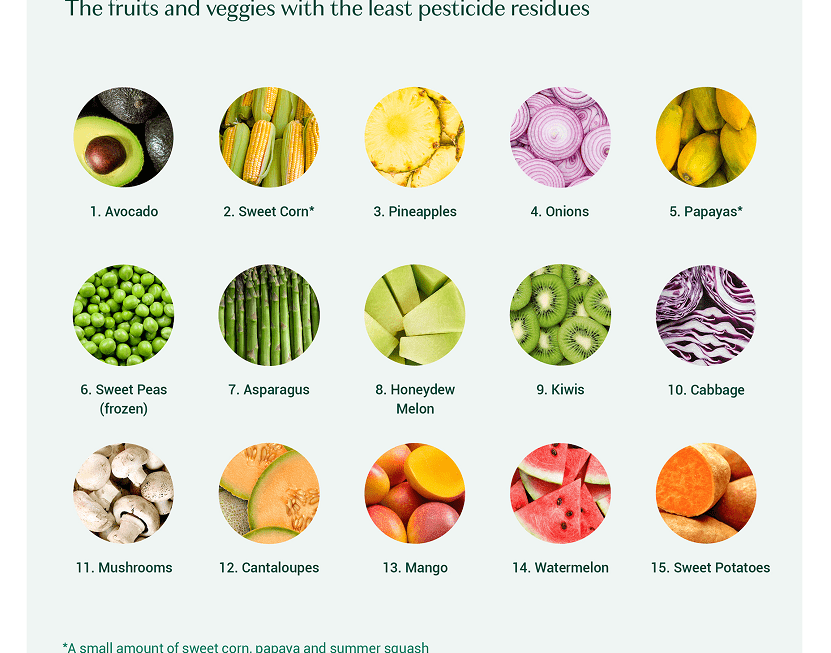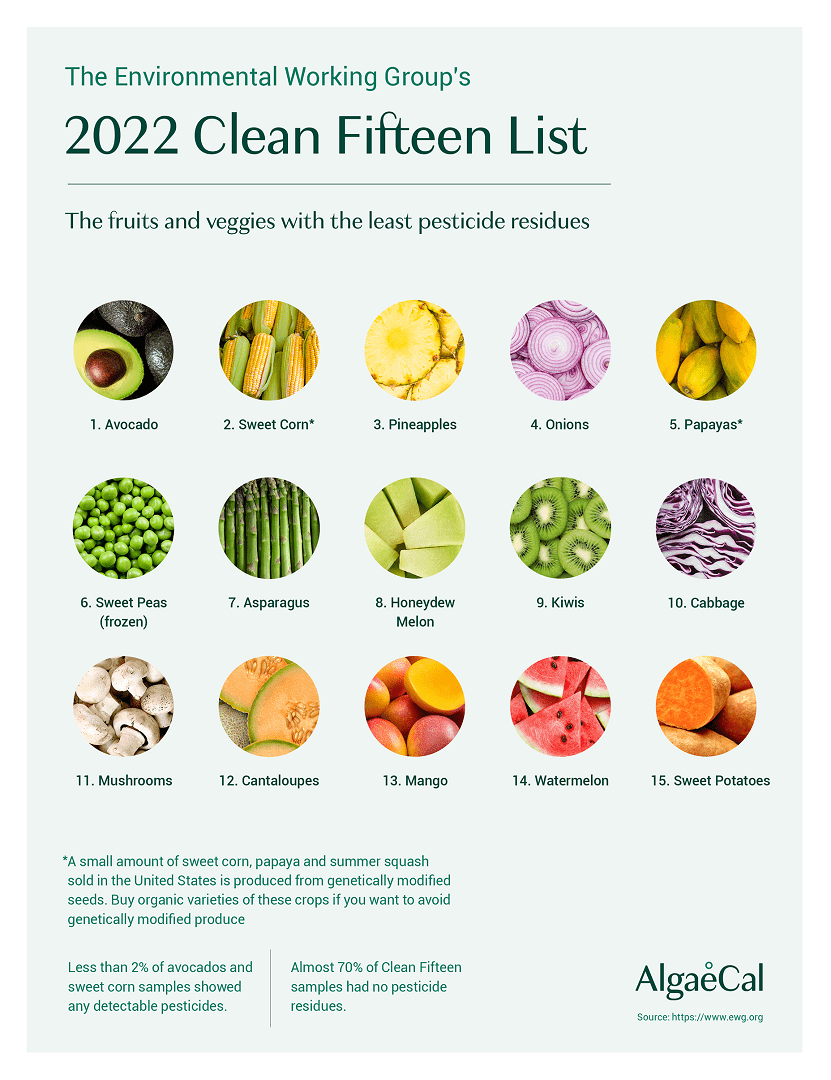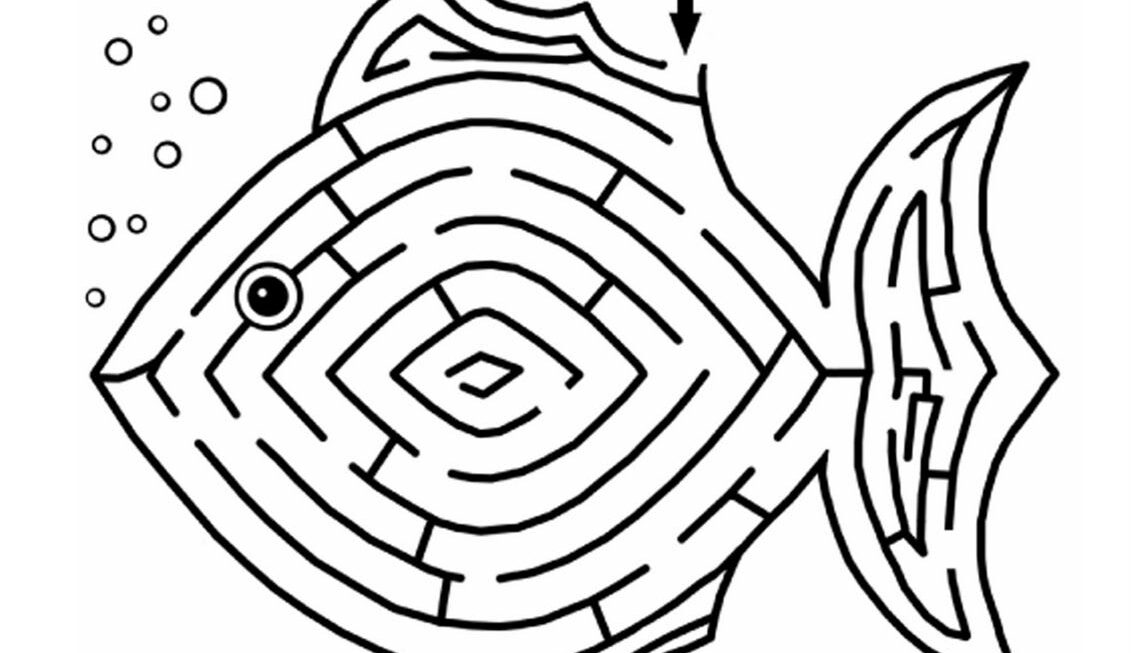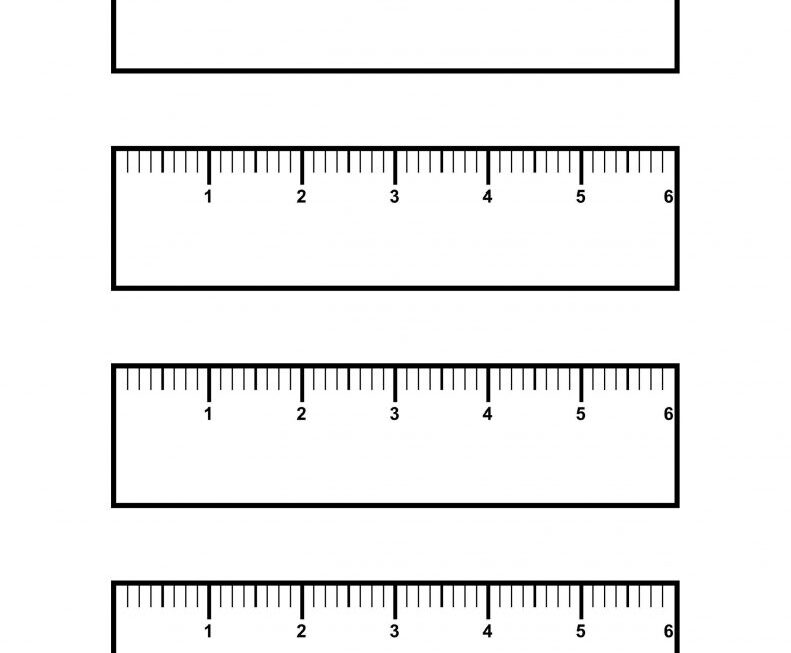If you’re looking to make healthier choices when it comes to the produce you buy, you may have heard of the Dirty Dozen and Clean 15 lists. These lists rank fruits and vegetables based on their pesticide residue levels.
The Dirty Dozen refers to the 12 types of produce that tend to have the highest levels of pesticide residues. On the other hand, the Clean 15 includes fruits and vegetables that are less likely to have high pesticide levels.
Dirty Dozen Clean 15 Printable
When it comes to the Dirty Dozen, some of the items on the list may surprise you. Apples, strawberries, and spinach are just a few examples of produce that often make the cut. This is why it’s important to wash and peel these fruits and vegetables thoroughly.
On the other hand, the Clean 15 list includes items like avocados, sweet corn, and pineapples. These fruits and vegetables are less likely to have high levels of pesticide residues, making them safer choices if you’re trying to reduce your exposure to chemicals.
One way to make shopping for produce easier is to use a Dirty Dozen Clean 15 printable list. This handy guide can help you make informed decisions about which fruits and vegetables to buy organic and which ones you can safely purchase conventionally grown.
By referencing a Dirty Dozen Clean 15 printable list, you can take the guesswork out of shopping for produce. This can help you prioritize which items to buy organic based on their pesticide levels, allowing you to make healthier choices for yourself and your family.
So next time you’re at the grocery store, consider using a Dirty Dozen Clean 15 printable list to guide your produce purchases. By being mindful of pesticide residues and opting for organic options when necessary, you can take a step towards a healthier lifestyle.









